Rural Coworking Spaces: Practical Lessons and Best Practices for Growth
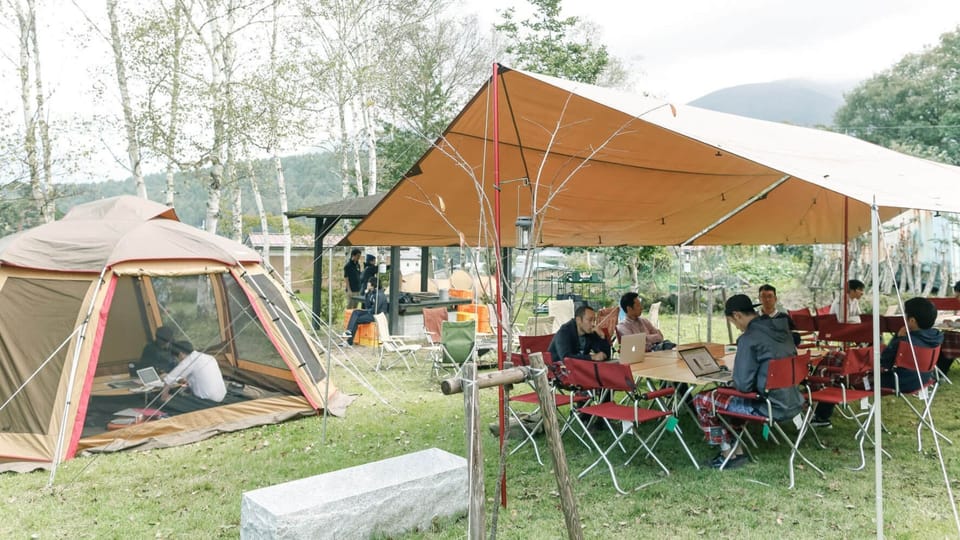
Explore how rural coworking spaces are transforming remote communities. Learn from global case studies and discover best practices for thriving in non-urban environments.
This new chapter in our exploration of coworking spaces around the world takes us off the beaten path and into the heart of rural communities, where a profound transformation is underway. Journeying through these remote regions, we looked at rural coworking spaces and how these environments, in a rural context, are proving to be much more than just places to work.
From becoming vibrant hubs of social interaction to providing a crucial antidote to the isolation often felt in rural settings, the positive impact of coworking spaces in rural areas is magical. Yet, establishing and sustaining a thriving coworking space in these locations presents a unique set of challenges and opportunities that require careful navigation.
The summer case study that awaits below uncovers best practices we've picked up on the road, that are helping rural coworking spaces to blossom and thrive. By looking at examples from Sweden, Japan, and India, we highlight the stories of dedicated individuals and teams who have invested their energy and passion into building coworking spaces that make a real difference in their local context.
🏞️ Rural Coworking: What are we talking about?
⛰️ 3-in-1 Coworking Case Studies: Lessons and Best Practices to Building Thriving Coworking Spaces in Rural Areas.
- Gomorron, Östersund - Sweden 🇸🇪
- Morino-Office, Fujimi - Japan 🇯🇵
- Maker's Asylum, Moira - India 🇮🇳
🌚 To Go Further: Explore More Coworking Spaces Located in Rural Areas Around The World
🏞️ Rural Coworking: What are we talking about?
Rural coworking is a term that has been popping up more and more lately. That being said, it is not a ‘new’ trend. It has grown over the years, at a much slower pace than coworking spaces in urban environments. So what brought rural coworking on the map? A global pandemic.
Following COVID-19 and the migration of workers from large cities to smaller towns and rural areas, the world started to understand a bit better the importance of such spaces and the positive impact they can have on rural populations.
- But what exactly do we talk about when we talk about rural coworking spaces?
- What makes them interesting?
- What are the challenges such kind of spaces are experiencing?
Before going any further with real-life examples of rural coworking spaces and their importance in local economies, let us set the stage for what awaits in this article by clearing out those important questions.
Defining Rural Coworking Spaces
At its core, a rural coworking space is a shared workspace located in a non-urban area, which means, places with lower population density. One thing we learned while looking at the topic of rural coworking spaces is that worldwide, there are no universal definitions of a non-urban area, but rather national and regional classifications of these to distinguish them from main urban centers.
For instance, in the United Kingdom, an area is considered ‘rural’ if the population density falls under 10,000 people1. In the US, rural areas comprise open country and settlements with fewer than 2,000 housing units and 5,000 residents2. In contrast, in Spain, All non-coastal municipalities with less than 30,000 inhabitants3, or less than 100 inhabitants per km2, are classified as rural municipalities.
As no universal classification of a rural area exists, the consensus to define a place as ‘rural’ is an environment where population density is low to very low. While reading this you might wonder why classification is important. Well, rural areas benefit from special funding opportunities worldwide that allow them to fight their challenges: from depopulation to poor access to public services and more. Hence, acknowledging what makes a rural area one is essential in supporting their development.
Why Rural Coworking Spaces Matter?
After the COVID-19 pandemic, people’s views on living in major cities underwent a significant transformation. Before the pandemic, many felt compelled to reside in large urban areas because their jobs were located there, making it seem like a necessity. The daily commute, office presence, and networking opportunities all contributed to the belief that living in the city was essential for career advancement and stability.
However, the widespread adoption of remote work and flexible job arrangements during the pandemic revealed that it's possible to work effectively from almost anywhere. As a result, living in a big city has transitioned from being an obligation to more of a personal choice.
People now weigh other factors, such as quality of life, cost of living, and proximity to nature or family, when deciding where to live. This shift has opened up new possibilities for individuals to choose a lifestyle that better aligns with their values and preferences, rather than feeling constrained by the location of their workplace.
However, transitioning from a big city lifestyle to a more rural one requires several key factors to ensure the move is effective and that work productivity remains high. In many rural areas, people often work from home simply because they have no other viable options. This is where the importance of coworking spaces in rural communities becomes crucial.
This is where the importance of having coworking spaces in rural areas comes into the picture. Simply put, it goes from the scenario depicted on the left image to the one on the right:
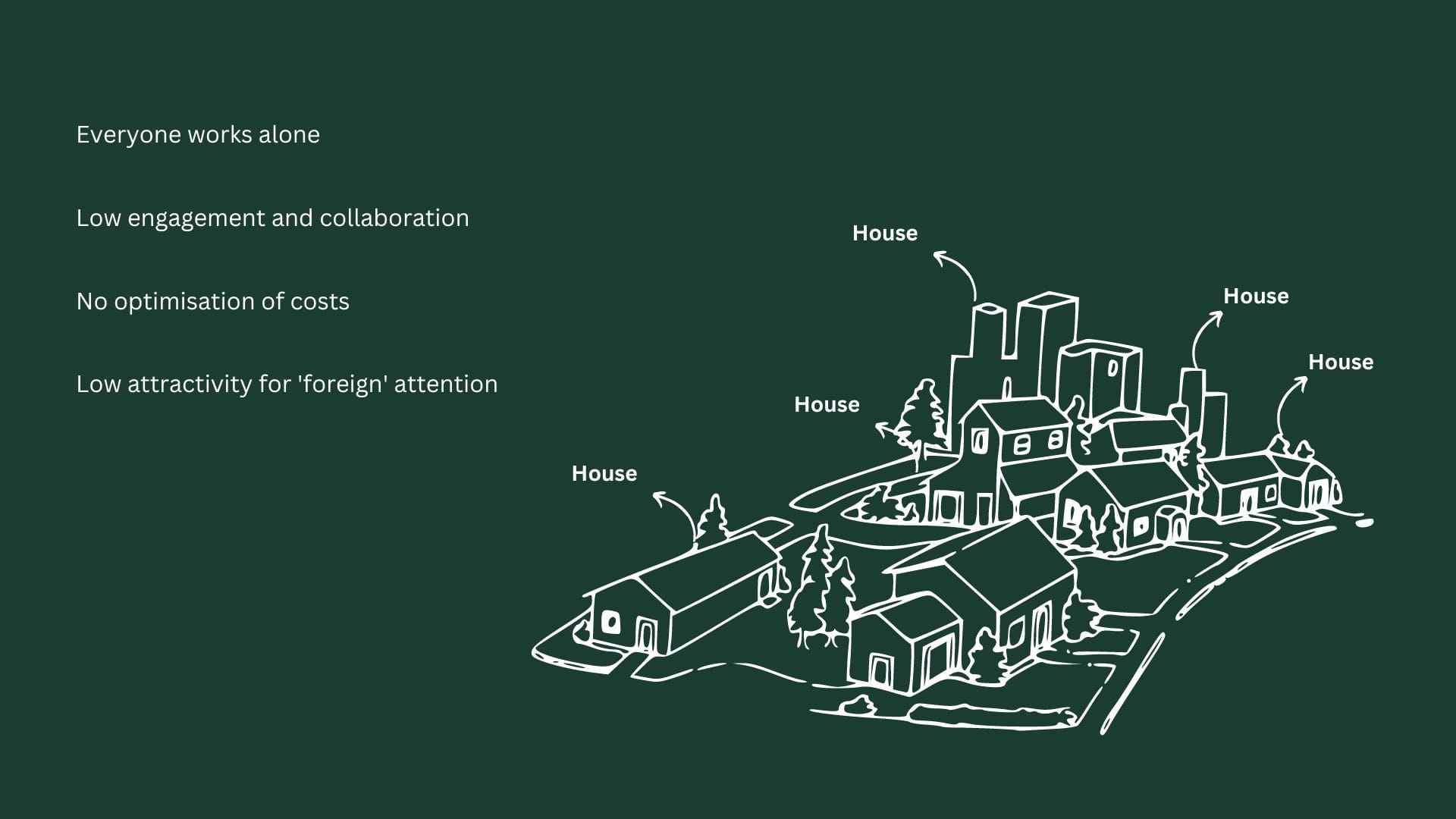

Rural Coworking: Positive Impact Explained
And while coworking spaces have a significant positive impact in larger cities, their influence in rural areas is even greater. The social benefits brought by these spaces in rural communities are unparalleled compared to other initiatives. In regions where lower population density often leads to a heightened sense of isolation, coworking spaces are becoming the modern equivalent of the ‘café du village’ from the 1960s and 70s—a welcoming place where people feel seen, supported, and part of a community. These spaces are not just work environments; they serve as social hubs that foster connection and combat the isolation that can come with rural living
Challenges and Opportunities
While rural coworking spaces offer significant social and community benefits, particularly in combating isolation, they also come with their own set of unique challenges and opportunities. Understanding these can help in effectively establishing and sustaining such spaces in less populated areas. Below is a breakdown of the key challenges and opportunities associated with rural coworking spaces:
⛰️ 3-in-1 Coworking Case Studies: Lessons and Best Practices to Building Thriving Coworking Spaces in Rural Areas.
So how does one go on to develop a coworking space in a rural or remote area? Well, who better to answer this question than the coworking founders themselves? What awaits below are 3 interviews with 3 different coworking spaces located in 3 different regions of the world: Sweden, Japan, and India.
Why did we pick those examples?
Those are founders and communities we’ve personally met and admire for the work they do daily and the positive impact they have in their regions of the world.
[Rural] Coworking Case Study 001 - Gomorron, Östersund, Sweden 🇸🇪
Gomorron is a coworking space located in Östersund, a small to medium-sized town in central Sweden. Östersund is known for its picturesque landscapes, outdoor lifestyle, and a strong sense of community, which makes it an attractive place for people seeking a balanced and nature-oriented way of living.
Founded in 2016, Gomorron came as a response to a growing need for a community-oriented workspace that could support the local entrepreneurial spirit. Östersund, despite being somewhat isolated with the nearest major town 200 kilometers away, has a thriving community of small businesses and entrepreneurs, driven largely by its tourism industry.
The coworking space was created not just as a place to work but as a hub for local collaboration and innovation. It has grown over the years, expanding to multiple locations within the town to accommodate the increasing number of businesses and remote workers.
Locally, Gomorron is known for its warm, inclusive atmosphere and its integration of cultural and recreational activities, making it much more than just a place to work—it’s a central part of the community fabric in Östersund
How has Gomorron successfully built its coworking space in a remote area?
The success of the coworking space is heavily attributed to its deep integration with the local community. The founders emphasized the importance of engaging local society in the creation and operation of their space making sure that it reflects the specific needs and strengths of the community. This approach has helped in building a strong, inclusive, and supportive environment where people feel at home.
The coworking space started small but adapted and grew based on the needs of its members. As companies grew within the space, the founders expanded and created new spaces to accommodate larger teams while maintaining a sense of community. This adaptability was crucial to their sustained success.
Gomorron has integrated cultural and recreational activities, like jam sessions and outdoor activities, which are driven by the personal interests and needs of the founders and members. This has not only created a vibrant and engaging environment but also fostered a sense of belonging and well-being among their extended community.

"We wanted Gomorron to be more than just a workspace—it had to be a place where people felt they belonged, where ideas could grow, and where the community could come together."
Maria Svensson Wiklander, Co-Founder and CEO of Gomorron
Watch our Interview with Maria Here
[Rural] Coworking Case Study 002 - Morino-Office, Fujimi, Japan 🇯🇵
Morino-Office is a coworking space located in the rural town of Fujimi, Japan, near the Yatsugatake Mountain range. Founded by Yoshio Tsuda, who previously worked in a corporate environment in Yokohama and Tokyo, Morino-Office was established to create a vibrant community for both locals and newcomers in this small town.
The town of Fujimi is known for its agricultural and tourism industries, and like many rural areas, it faces challenges related to population decline. The coworking space was developed in collaboration with the local government to attract more people to the town and support the growth of new businesses.
How has Morino-Office successfully built its coworking space in a remote area?
The primary motivation behind Morino-Office was to create a supportive environment for people moving from urban areas to Fujimi. The goal was to make it easier for these newcomers to integrate into the local community and to provide a space where they could collaborate on new projects and business ventures. This effort was aligned with the town's broader goal of increasing its population and creating new economic opportunities.
When Morino-Office first opened, the concept of coworking was not widely understood, especially in rural Japan. The local population was initially resistant, with some even protesting the project. However, through perseverance and by slowly building a community, the coworking space eventually gained traction, particularly as remote work became more common during the COVID-19 pandemic.
Over time, Morino-Office has had a significant impact on Fujimi, attracting freelancers, designers, and creative professionals to the area. These newcomers have not only brought their work to the town but have also started to contribute to local businesses and cultural events, blending with the local population. This integration has fostered a new sense of community and helped bridge the gap between traditional rural life and modern, remote work practices.

“The town's purpose and our purpose were aligned—to create a community for newcomers, make their living easier, and foster new work possibilities by collaborating with others and connecting with locals.”
Yoshio Tsuda, Co-Founder of Morino-Office
Watch our Interview with Yoshio[Rural] Coworking Case Study 003 - Maker's Asylum, Moira - Goa, India 🇮🇳
Maker's Asylum is a unique makerspace located in the small village of Moira, Goa, India. Founded by Vaibhav Chhabra, a mechanical engineer with a passion for carpentry and education, Maker's Asylum began in 2013 in Mumbai before moving to Goa during the COVID-19 pandemic. The space serves as a hub for creativity, innovation, and community building, attracting artists, designers, and makers from all over the world. Maker's Asylum is known for its focus on open education, citizen science, and fostering a collaborative environment where people can bring their ideas to life.
The decision to move Maker's Asylum from the bustling city of Mumbai to the tranquil village of Moira in Goa was driven by the need to downsize and find a more sustainable way to operate during the pandemic. This move allowed the makerspace to tap into the slower pace and creative energy of Goa, attracting a niche community of artists, designers, and makers who were looking for a more serene and inspiring environment to work in.
The creative community in Goa, particularly in Moira, has flourished with the presence of Maker's Asylum. The village has attracted a diverse group of people, including artists, authors, and makers, who contribute to a rich, collaborative environment. The space has become a hub where people from different creative disciplines come together, share ideas, and work on innovative projects, fostering a strong sense of community and collaboration.
To sustain its operations in a rural setting, Maker's Asylum had to adapt its business model. The space now focuses on hybrid programs, combining virtual learning with on-site residencies. This approach allows them to reach a global audience while maintaining the intimate, community-oriented atmosphere of the makerspace. The addition of programs like the "maker in residence" and the creation of the Drill Press Café has helped attract both locals and visitors, making the space a vibrant part of the community.

"It's important to take advantage of whatever location you are in, see how you can picture it, how you need to position it to make it work."
Vaibhav Chhabra, Co-Founder and CEO Maker's Asylum
Watch our Interview with Vaibhav🌚 To Go Further: Explore More Coworking Spaces Located in Rural Areas Around The World
If you are curious to discover more coworking spaces located in rural areas, see below a few useful resources:
- “Around The World in 250 Coworking Spaces” - has other great examples of coworking spaces located in smaller towns / remote areas. If you own a copy of the book, you can find more examples by looking for the tags “On an island”, “Remote and rural spaces”, and “Second-Tier Cities”. (If you do not own the book yet, you can order your copy here. Use the code 250Friends at checkout to get our community discount).
- If you look for governmental initiatives promoting the development of coworking in both cities and rural areas, have a look at Ireland. The connectedhubs network is an amazing initiative pushing for the development of collaborative workspaces everywhere across the country, to support economic growth not just in the bigger cities, but all around.
- Initiatives like CoWorkLand eG in Germany or the Rural Coworking Network in Europe are also great places to explore if you seek some further examples.
Rural coworking spaces are proving to be powerful catalysts for community building and economic growth in remote areas. These spaces, as seen in Sweden, Japan, and India, demonstrate that with the right approach, even the most isolated regions can thrive through innovation and collaboration.
As remote work continues to evolve, the question arises: How can we further harness the potential of rural coworking to enrich more communities and support broader economic development? Whether you're a rural entrepreneur, community leader, or simply someone interested in the future of work, now is the time to explore how you can contribute to or create a coworking space in your region.
Take the first step by learning from these successful examples, and consider how you can bring these ideas to life in your community. The future of rural coworking is in your hands—how will you shape it?
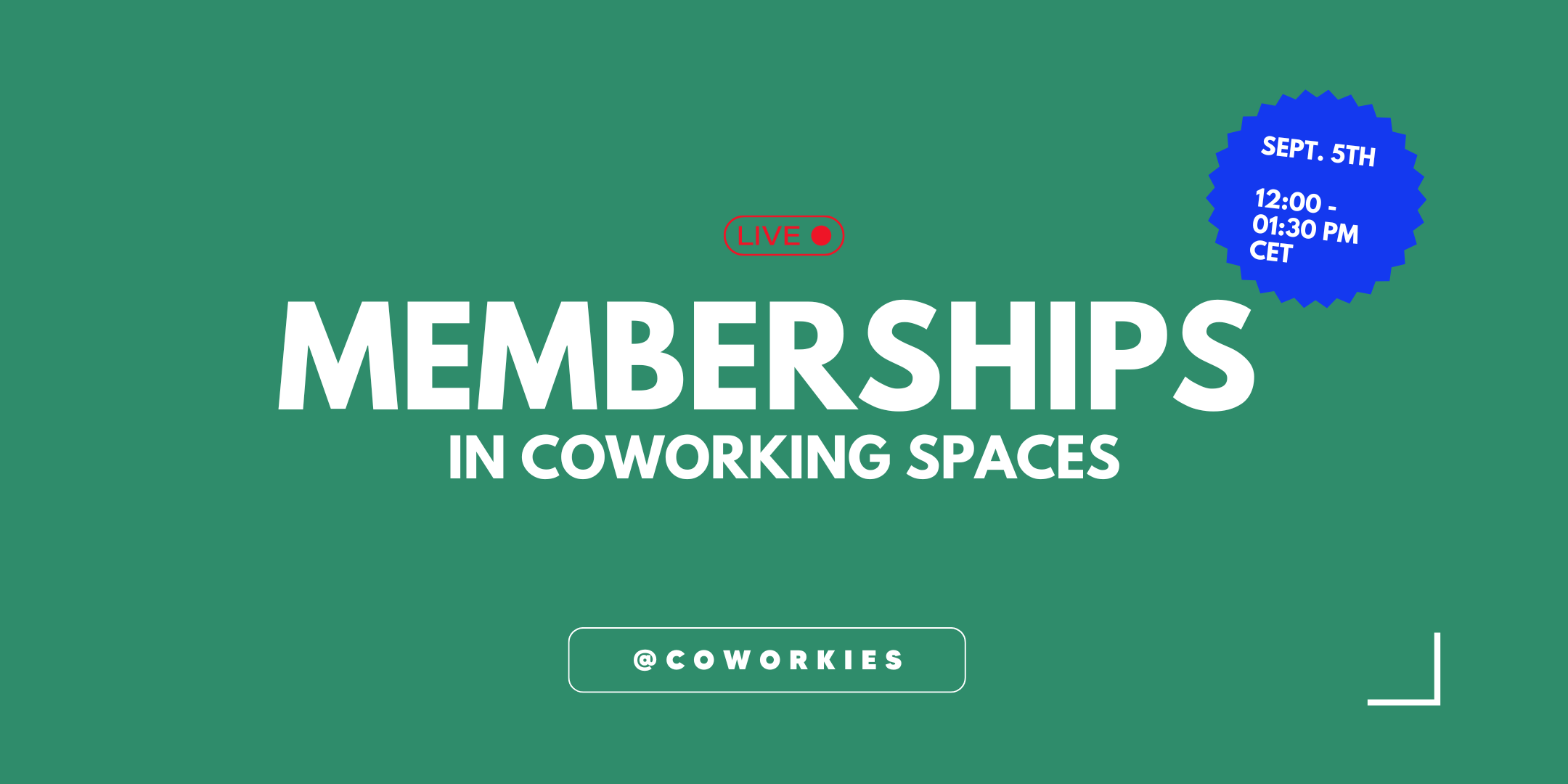
Join our upcoming online event!
On September 5th, we'll be exploring everything there is to know about memberships in coworking spaces. Don't miss this opportunity to gain perspective on the topic, book your ticket below
Secure Your Spot Here


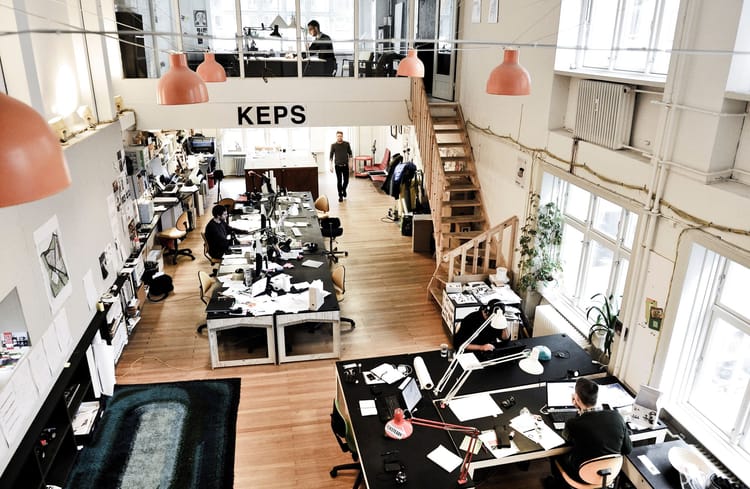
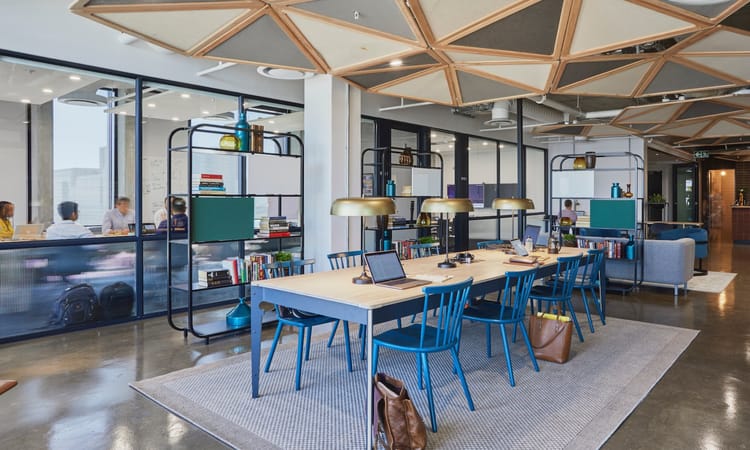
Member discussion